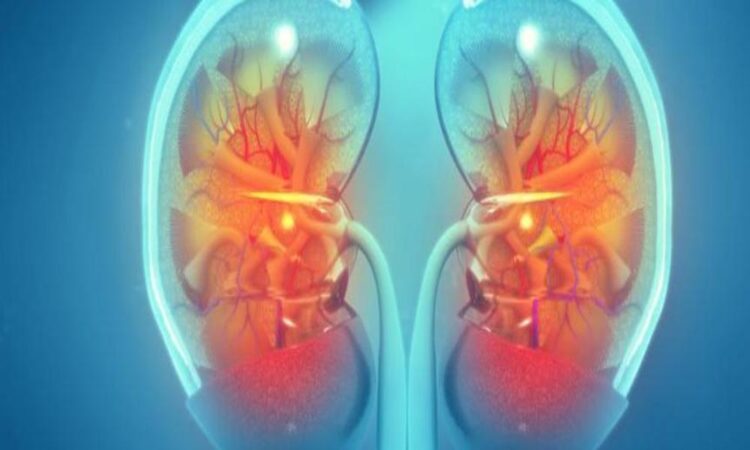
Chronic kidney disease is a serious, progressive condition that can impact quality of life. Treating kidney disease early can help slow progression and manage some of the more severe symptoms. Learn more about the various stages of chronic kidney disease in the guide below.
Stage 1: Normal
In the first stage of chronic kidney disease, the glomerular filtration rate is at a normal or high level greater than 90 ml/min.
At this stage, most people are not experiencing any symptoms of kidney disease. While the kidneys are not functioning at 100%, they can still function at a high enough rate for everything to appear normal. This is why very few people are diagnosed during this stage.
Stage 2: Mild
The second stage of chronic kidney disease is still very mild in severity, but it can begin to produce more notable signs of disease. The glomerular filtration rate is between 60 and 90 ml/min.
As the kidneys decline in function, you may experience high blood pressure, dark urine, increased or decreased urination, and excessive fatigue. These symptoms will be very mild in this stage, and many people are still unaware they have chronic kidney disease.
Stage 3A: Moderate
Stage 3A of chronic kidney disease is more moderate and begins to produce noticeable symptoms. During this stage, you may have trouble breathing, increased lethargy, and difficulty urinating.
Many people start to notice fluid retention in their abdomen as the kidneys continue to decline in function. At this point, the glomerular filtration rate is between 45 and 60 ml/min.
Stage 3B: Moderate
Stage 3B has the same symptoms as stage 3A, but these increase in severity and frequency. You will notice more pronounced fluid retention, sometimes so severe that it impacts your breathing. There will also be excessive and ongoing lethargy, regardless of how much rest you get.
Urine can become very dark in color as the kidneys continue to decline in function, and the glomerular filtration rate reaches 30 to 44 ml/min.
Stage 4: Severe
In the fourth stage of kidney disease, the glomerular filtration rate will fall somewhere between 15 and 30 ml/min. The diminished kidney function will cause serious symptoms, including high blood pressure and anemia. You will have chronic fatigue, difficulty breathing, vomiting, trouble sleeping, and intense kidney pain.
Stage 5: End Stage
Stage 5 is the final and most severe period of chronic kidney disease. Kidney function will be altogether gone as the glomerular filtration rate falls below 15 ml/min.
During this stage, most people enter some form of hospice care. Symptoms include loss of appetite, confusion, trouble breathing, rapid heart rate, headaches, and widespread fluid retention.
Managing Kidney Disease
Chronic kidney disease is a progressive condition with no known cure. That said, there are ways to slow progression or reduce the severity of symptoms.
Some are discovering the potential of alternative medicine such as regenerative medicine, also known as stem cell therapy. This field of medicine utilizes stem cells to help manage their condition to help manage progression and improve symptoms.
Wellness treatments and lifestyle changes can support healthy kidney function and manage some of the more debilitating symptoms of kidney disease. Before starting any new treatment approach, always speak with your medical team.
This post was written by a medical professional at Stemedix Inc. At Stemedix we provide access to Regenerative Medicine for spinal stenosis, also known as stem cell therapy CRPS. Regenerative medicine has the natural potential to help improve symptoms sometimes lost from the progression of many conditions.



